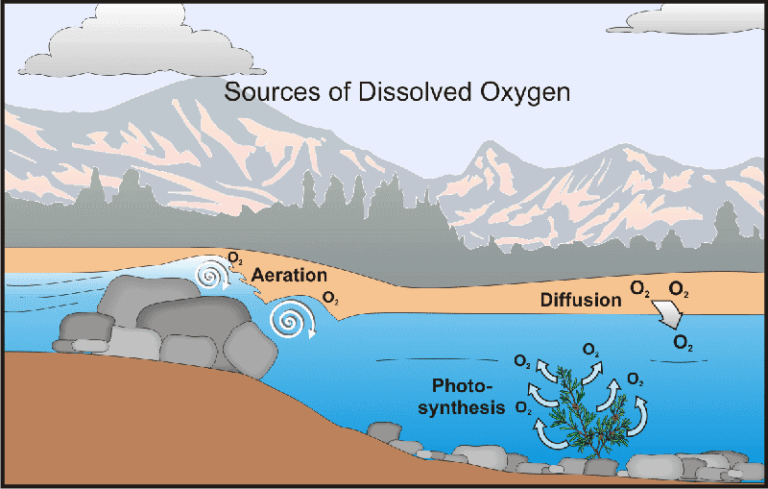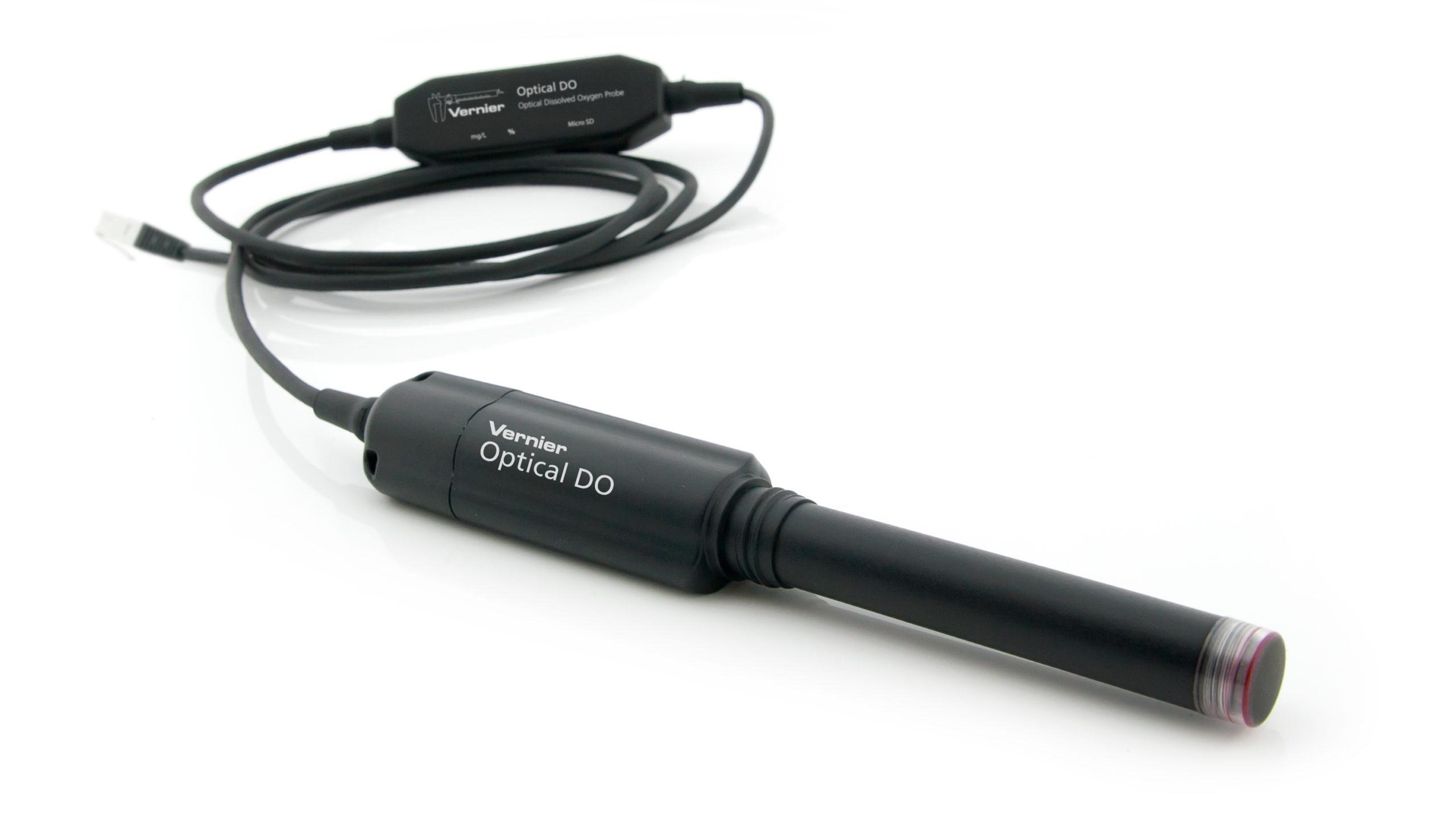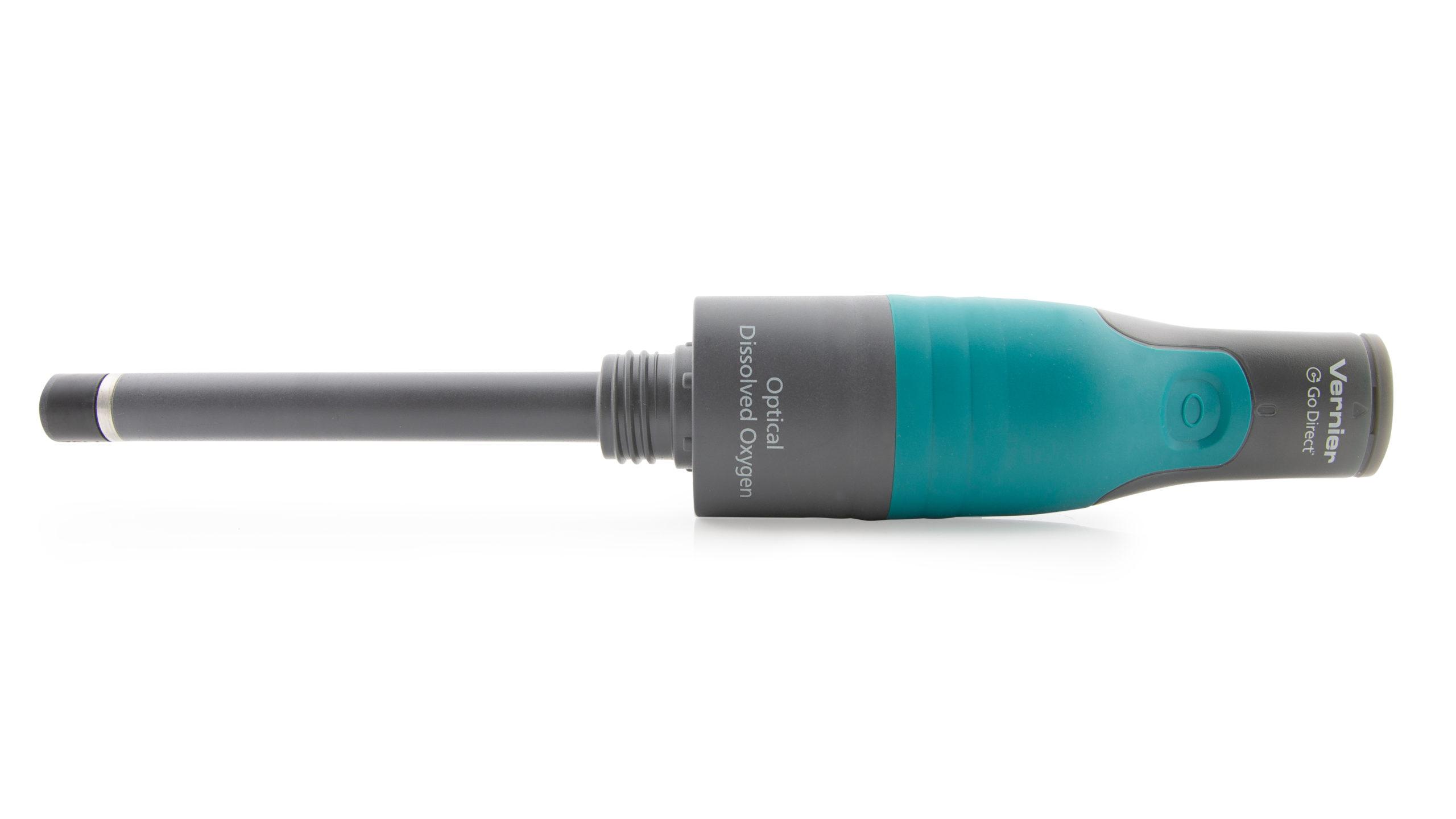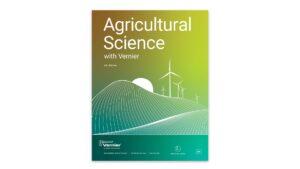Biochemical Oxygen Demand
Experiment #20 from Agricultural Science with Vernier
- Subject
- Agricultural Science

Introduction
Oxygen available to aquatic organisms is found in the form of dissolved oxygen. Oxygen gas is dissolved in a stream through aeration, diffusion from the atmosphere, and photosynthesis of aquatic plants and algae. Plants and animals in the stream consume oxygen in order to produce energy through respiration. In a healthy stream, oxygen is replenished faster than it is used by aquatic organisms. In some streams, aerobic bacteria decompose such a large volume of organic material that oxygen is depleted from the stream faster than it can be replaced. The resulting decrease in dissolved oxygen is known as the Biochemical Oxygen Demand (BOD).
When it rains, organic material found in the soil is transported in the rainwater to streams and rivers. Additional organic material accumulates in the stream when aquatic organisms die. Bacteria and other microorganisms decompose this organic material. In a healthy body of water, this process has only a slight impact on dissolved oxygen levels. It serves to release vital nutrients, such as nitrates and phosphates, which stimulate algae and aquatic plant growth. If the amount of decomposing organic material is too high, dissolved oxygen levels can be severely reduced. In a body of water with large amounts of decaying organic material the dissolved oxygen levels may drop by 90%—this would represent a high BOD. In a mountain stream with low levels of decaying organic material, the dissolved oxygen levels may drop by only 10% or 20%—a low BOD.
Organic materials, such as leaves, fallen trees, fish carcasses, and animal waste, end up in the water naturally and are important in the recycling of nutrients throughout the ecosystem. Organic materials that enter the water as a result of human impact can be considered sources of pollution.
Objectives
Included in this test are the procedures for High and Low BOD levels. Decide beforehand, based on expected BOD levels, which procedure is appropriate for the water you are testing. Only one of the two tests should be performed.
Sensors and Equipment
This experiment features the following sensors and equipment. Additional equipment may be required.
Option 2

Ready to Experiment?
Ask an Expert
Get answers to your questions about how to teach this experiment with our support team.
- Call toll-free: 888-837-6437
- Chat with Us
- Email support@vernier.com
Purchase the Lab Book
This experiment is #20 of Agricultural Science with Vernier. The experiment in the book includes student instructions as well as instructor information for set up, helpful hints, and sample graphs and data.


